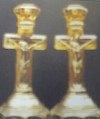Carnival Glass 101 | home Quick Reference to Carnival Glass Patterns on This Site
Imperial's Confusing Patterns
IMPERIAL’s Confusing Patterns:
FLUTE, CHESTERFIELD, WIDE PANEL and COLONIAL
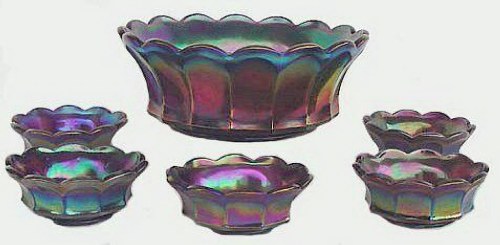
Purple Imperial FLUTE #700 Berry set.
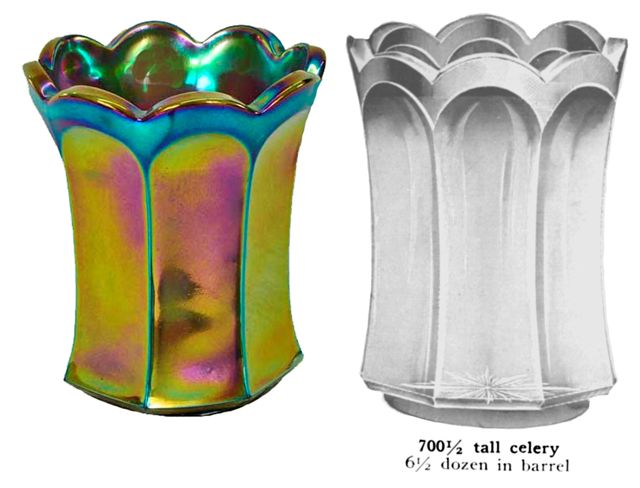
FLUTE Celery #700, Called Colonial Ware in the Imperial Catalog 104A.
FLUTE-#700: Berry sets are known in marigold and purple. The (celery vase) is very rare and known in marigold and purple. The (breakfast creamer and open sugar) are seen in marigold and purple, along with rare helios and emerald examples. There is a Flute (water set) in marigold and purple. A few helios and blue pitchers are known.
The punch set is the same shape as the Heavy Grape set, with some cups having the Imperial Cross trademark. The little (toothpick) is seen most often in marigold, but helios, emerald, and purple examples turn up as well. Aqua, Vaseline, lime green, and cobalt blue are additional colors to look for. (Flute tumbler variations will be discussed in another segment.)
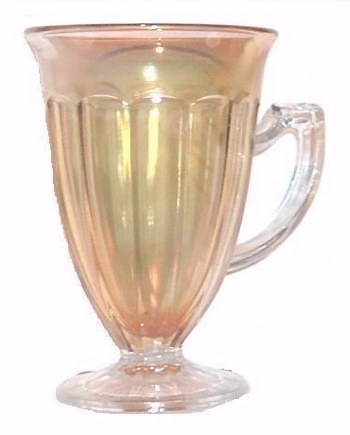
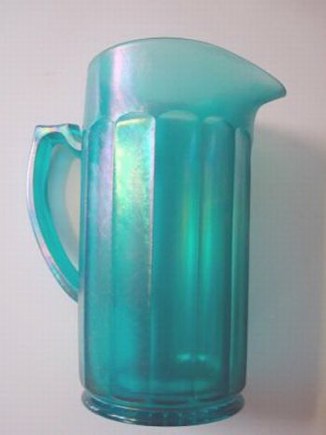
Left - CHESTERFIELD - #600 - Mug,Pastel Marigold. Courtesy Bob Smith.
Right - CHESTERFIELD - #600 Tankard in Teal.
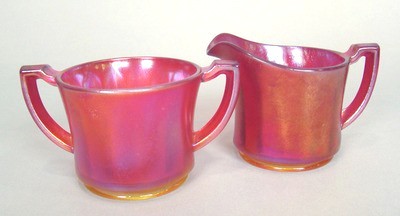
CHESTERFIELD #600 Breakfast Set - Red - Courtesy Remmen Auctions.
CHESTERFIELD-#600: The (lemonade mug) with its distinct handle having the flat area at the top portion is only found in marigold. The pitcher is tall with straight sides and considered a tankard. The handle offers the same shape as that found on the mug. Although originally fitted with a lid, most have become casualties with time and use. The accompanying tumbler stands 5” tall. Both (pitcher/tumbler) can be found in marigold, white, teal, celeste blue and red, often displaying a stretch effect. The tiny handled toothpick known only in marigold offers the same flat area at the top of the handles. The (11” compote) is found in marigold, clambroth, white, teal, celeste blue and red. The smaller (5”-6” compote) is found in the same colors, along with smoke. A tiny (open salt) is known in marigold only.( Candlesticks) are known in marigold, clambroth and smoke. There is a (stemmed sherbet) known in marigold, clambroth, smoke, celeste blue, white, red, and teal. The very scarce (rose bowl) can be found in marigold, smoke, and clambroth.
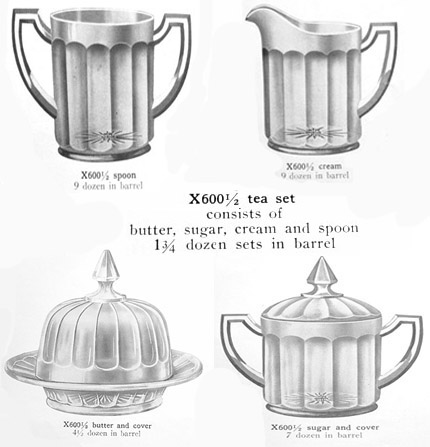
Pg. 43A-Imp. Catalog 104A - Note Iron Cross in bases.
This is where the story becomes a bit more complicated. Page 43A in Imp. Catalog 104A, a #600 4 pc. (tea set) is shown. This was produced early-on, since the familiar Imperial Iron Cross-mark is seen in the base of each piece. Might we presume that during the later era of red production, only the creamer and sugar base were utilized, creating what we collectors refer to as a (breakfast set?)
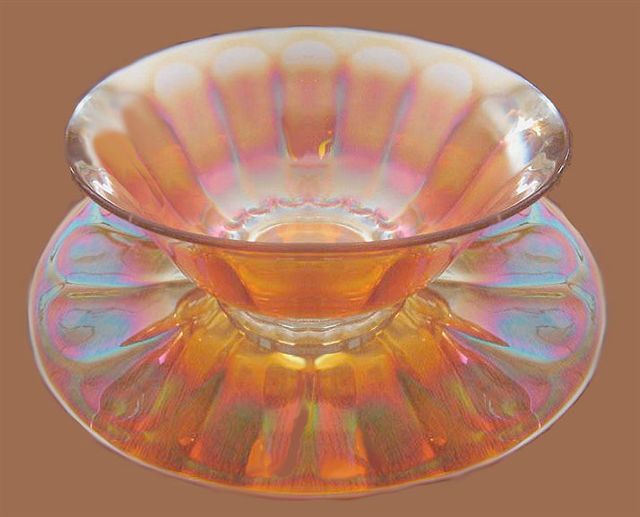
WIDE PANEL CENTERPIECE SET - Plate 14 inch - Bowl -12 inch.
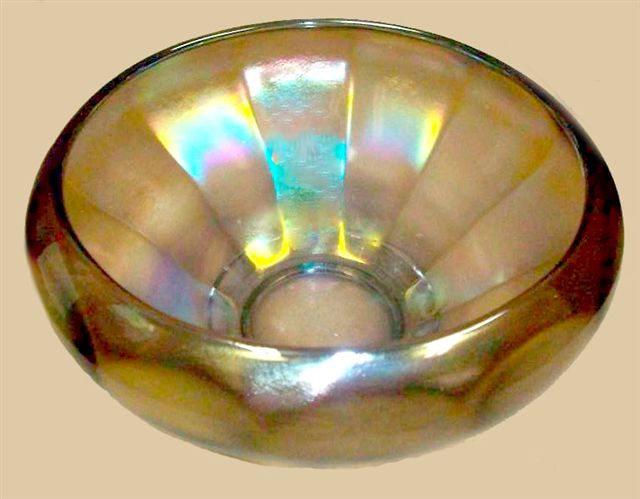
WIDE PANEL 12 in. Rose Bowl - Smoke.
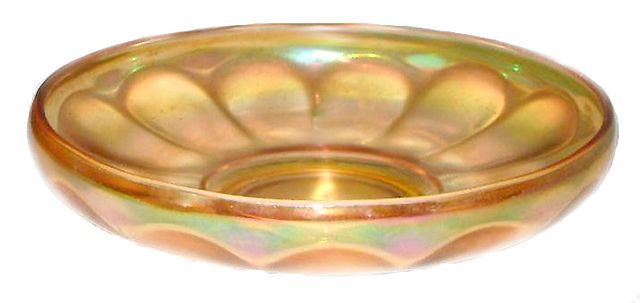
WIDE PANEL Bowl. - Marigold.
WIDE PANEL #645, #647 and #6569: Curious as to the reason for so many catalog numbers surrounding this rather plain design? So far as iridized efforts are concerned, two sizes of bowls and three sizes in plate shape pertain. The (salad set) consists of a 9” bowl, an 11” under-plate, and six 8” plates known in marigold, white, red, clambroth, celeste blue, and teal. The results offer a stretch appearance. In fact, the small plates have also been reported in pink stretch. The (centerpiece set) consists of a 12” bowl in marigold, clambroth, and smoke, along with a 14” plate in marigold, clambroth, and smoke.
The (rose bowl) shape, as well as the (flattened ice cream shaped bowl) would seem to be shape variations of either the under-plate or the centerpiece bowl.
You will note the absence of any design within the marie.
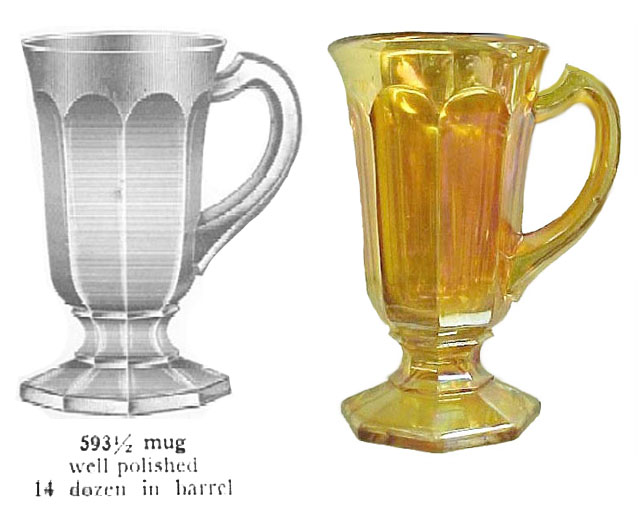
#593 - COLONIAL Lemonade Mug.5 in. tall, fairly scarce, hexagonal base.
Point on handle is the designation for the name.
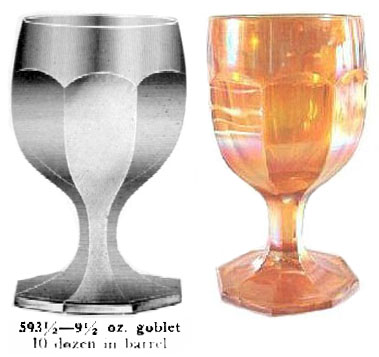
#593 - COLONIAL Goblet - Marigold.
COLONIAL #593: Technically speaking, this is where Truth and Consequences become “controversial”! The old Imperial Catalogs use the word “Colonial” to describe a host of designs, so far as the “crystal” production is concerned. It is left to the carnival glass world to determine appropriate names for the shapes found within our “realm”. Marigold, clambroth, purple and amber 7”- 9” candlesticks bearing catalog reference #41 have been determined Colonial. (These may be viewed in our Candlesticks - Part 5) segment. The Colonial #593 (lemonade mug) shown on page 71A-Imp. Catalog 104A is a scarce item known only in marigold. The #593 (goblet), shown on page 129A in Catalog 104A is also known only in marigold.
Neither the 1909 Imperial catalog or the 104A catalog displays any breakfast set with the #593 to complement the goblet and lemonade mug. In fact, there are no breakfast sets in either catalog having likeness to the #593 design characteristics.
However, further research concludes that the Just Jenkins book by Joyce Hicks offers the set on page 18, under the pattern name BLOCK. It is the same pair displayed in the 1996 Carl O. Burns Imperial publication.
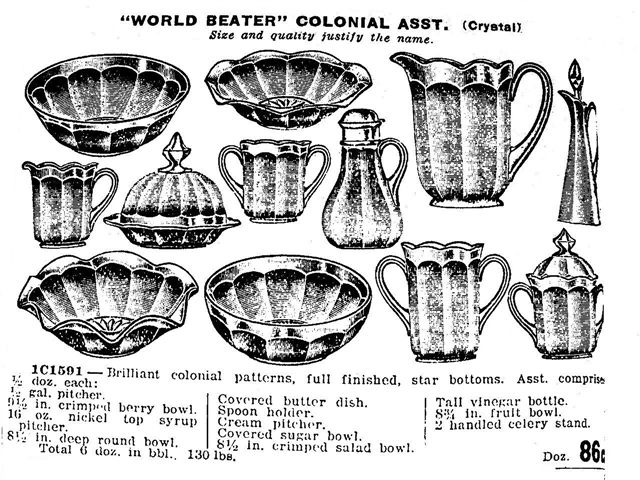
1910 Butler Bros. Ad showing the #591-COLONIAL Celery in Crystal.
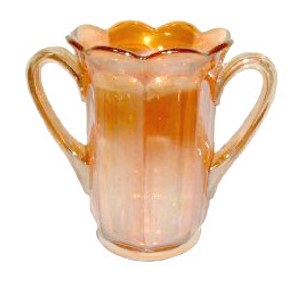
#591-COLONIAL Celery seen in a 1910 Butler Ad.
5.75 in. tall, 4 in. top opening, 6.5 in. across handles.
Courtesy Tammy Murphy.
IMPERIAL Catalog #591: You will quickly note use of that word “Colonial” again! Use of both smooth top edges and scalloped tops come to bear in this grouping. We display a sampling of each and call to your attention that the breakfast set shown in the Butler ad have scalloped top edges. This is the earliest ad, among the 42 editions we scanned for the Butler Reprints, which offers an ad calling Colonial a design name for a glass grouping.
Please note that this 1910 ad displays a star-based marie area on each shape.
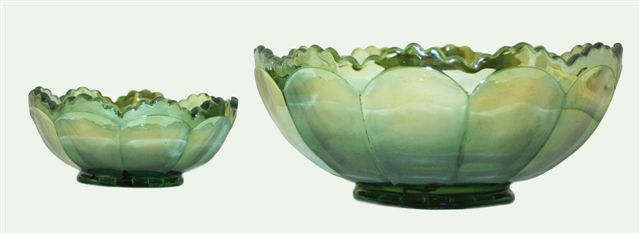
COLONIAL Vt. Berry Set. Courtesy Jerry & Carol Curtis.
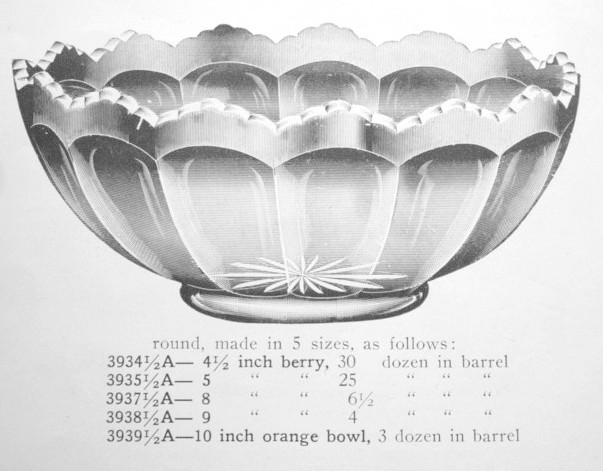
Is this AKA COLONIAL Vt.- Page 47A-Cat.104A-listed under
BIG SELLERS in COLONIAL Specials.
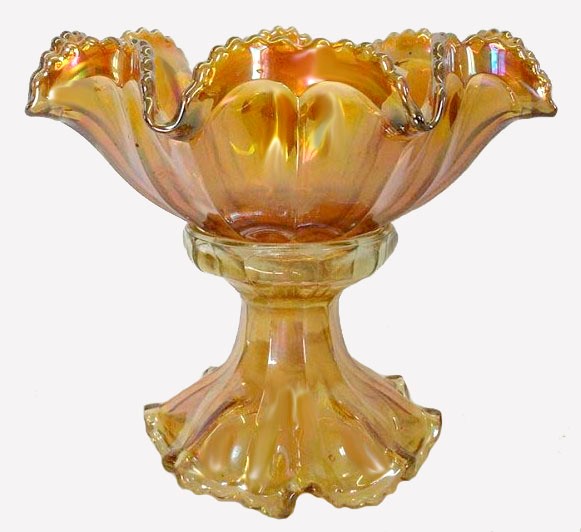
COLONIAL Vt. 11 in. Orange bowl and foot as seen in
1909 Imperial Catalog-pg. 130 - #3939C.
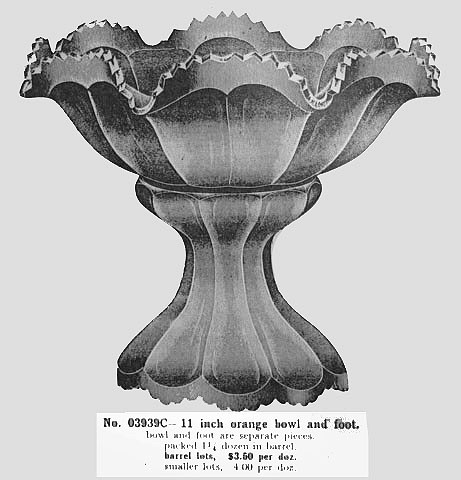
Page 130-1909 Imperial Catalog.
COLONIAL Vt.: Jerry and Carol Curtis have owned this set of five bowls (l large-7 ¾”wide x 3 ¼” high x 3 3/8” base) and (4 small-4 ½” x 1 7/8” high x 2 3/16” base) for many years. The large bowl has an 18-rayed star in base and the small bowls have a 16-rayed star. The 1909 Imperial Catalog applies #3937 to the large bowl and #3934 to the smaller version. They are rare in any of the reported colors: marigold, amethyst and green (helios), along with one small bowl in blue.
Jerry feels more comfortable calling this pattern Colonial. Do our viewers agree with that designation? You see: Those green bowls are enough different from the Colonial examples having smooth top edges, or scalloped top edges, that we must account for the tiny scallops found at the top of bowls such as the Curtis’ own. Bearing that in mind, Colonial Vt. might better apply? Perhaps that vein of thought would cover the differing top edge of these bowls? Hmmmmm!
The marigold orange bowl/base was included in the Hughes collection auctioned by Seeck in Feb. 2011 and seen in the 1909 Imperial Catalog on page 130, listed as 3939C having an unruffled base. It is a rare set. Jim called it Wide Panel, but is more accurately included in this category.
Please let us hear from you regarding these confusing patterns!
Dean & Diane Fry, 2-11

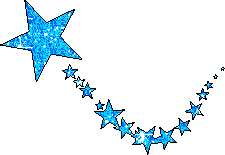
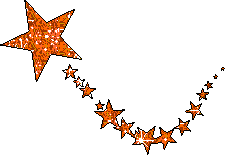
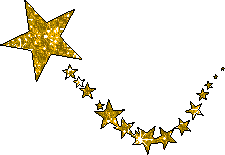



Enter by the narrow gate; for wide is the gate and broad is the way that leads to destruction, and there are many who go in by it. Because narrow is the gate and difficult is the way which leads to life, and there are few who find it.
Beware of false prophets, who come to you in sheep’s clothing, but inwardly they are ravenous wolves. You will know them by their fruits. Do men gather grapes from thorn-bushes or figs from thistles? Even so, every good tree bears good fruit, but a bad tree bears bad fruit. A good tree cannot bear bad fruit, nor can a bad tree bear good fruit.
Every tree that does not bear good fruit is cut down and thrown into the fire.
Therefore by their fruits you will know them.
Not everyone who says to Me, “Lord, Lord,” shall enter the kingdom of heaven, but he who does the will of My Father in heaven. Many will say to Me in that day, “Lord, Lord, have we not prophesied in Your name, cast out demons in Your name, and done many wonders in Your name?” And then I will declare to them,
“I never knew you; depart from Me, you who practice lawlessness!”
(Matthew 7:13-23)








Should you care to contact the Frys, their email address is:
Search Carnival Glass 101
back to Carnival Glass 101
Our other sites you may enjoy:
Everything you EVER wanted to know about Indiana Glass
Great Reference for Newer Carnival Glass.
Complete Glassware Catalogs Available to Download
Questions? Comments? Suggestions? Broken Links? Corrections?
Your Friendly Webmaster is here to help!
